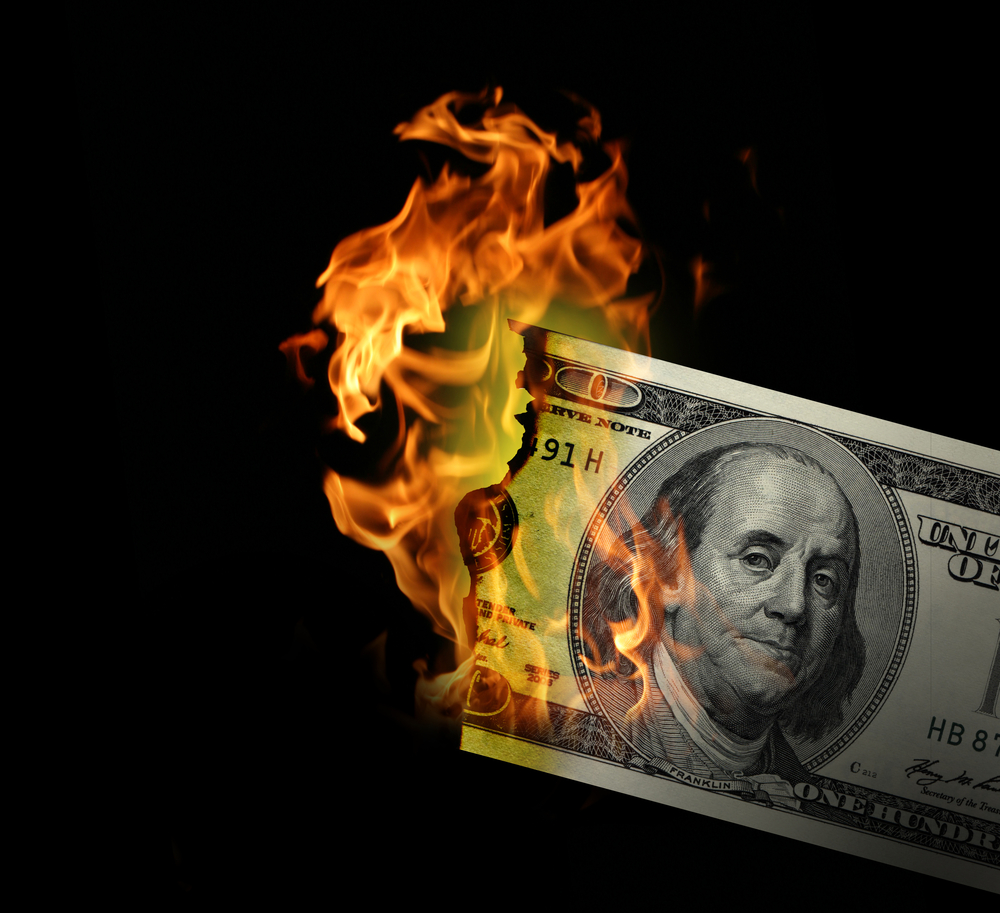Treasuries are on a “suicide mission.”
That’s what Jeffrey Gundlach told investors on a recent webcast.
Gundlach is a man we follow closely here at PBRG headquarters. His peers call him the “Bond King” because of his prescient calls…
- In 2007, he warned that the subprime mortgage market would get worse. After his call, the market dropped a spectacular 70% from 2007 to 2009. Despite that, he made a cool $4 billion for his clients in 2009.
- In 2015, he warned investors not to be fooled by a rally in oil. He pounded the table and said oil prices would crash. Later that year, oil crashed 42% from its peak, hitting a 13-year low.
- In January 2016, he said gold would hit $1,400 per ounce. At the time, gold was trading at $1,050 per ounce. By early May 2016, gold had already hit a high of $1,305.
Over the past eight years, Gundlach’s Total Return Bond Fund has beaten its benchmark, the Bloomberg Barclays U.S. Aggregate Index, by 92%.
During the webcast, Gundlach said a combination of rising interest rates and growing government deficits have created a “dangerous cocktail” for Treasuries.
At writing, the Federal Reserve’s 10-year benchmark rate is 2.89%. Gundlach says that if it goes over 6%, bond investors will take a beating.
Before we get to how you can protect yourself from this ticking time bomb, let me give you a little background.
The Extermination Is Coming
Bond investors should always pay close attention to interest rates. That’s because bond prices are inversely correlated to interest rates. When rates rise, bond prices fall, and vice versa.
As you can see in the chart below—despite pulling back a little over the past month—the rate on the 10-year Treasury yield is in an uptrend.

Since bottoming in the summer of 2016, the 10-year yield went from 1.35% to a peak of 3.11%—a 129% rise.
Holders of 10-year Treasuries have gotten smoked. Over that span, the iShares Barclay’s 7-10 Year Treasury Bond ETF (IEF) is down 10.2%.
Keep in mind… the 10-year yield is the “risk-free” rate. That’s because U.S. bonds are supposed to be the safest securities in the world.
The rout could just be getting started, too.
If yields rise to 6% as Gundlach predicts, these “safe” securities will tumble another 23%.
PBRG guru Teeka Tiwari calls this Income Extermination. That’s when rising interest rates crush the bond market.
Income Investors Have Been Warned
Most investors buy bonds to generate income from interest payments. For instance, retirees use the payments for everyday expenses.
But now’s the time to start protecting yourself from Income Extermination. There are two steps you should take immediately.
1. Rotate into short-term bonds
One way to combat rising interest rates is to buy short-term bonds.
You won’t generate a lot of income from short-term bonds—the four-week Treasury note currently yields 1.9%. That means you’ll make $1,900 on every $100,000 you invest.
But that’s still 24 times more than what you’d get by putting your money in a bank savings account, which yields about 0.08% on average, according to the Federal Deposit Insurance Corporation (FDIC). And it’s much better than losing money by holding long-term bonds.
2. Buy high-yielding closed-end funds (CEFs) that are trading at a discount to their assets
CEFs are an investment structure with shares traded on the open market. They’re similar to exchange-traded funds (ETFs). But there’s one main difference: CEFs do not issue shares daily. That means CEFs can trade on the market at prices different than the value of their assets, called the net asset value (NAV).
When a CEF trades for less than its NAV, you can buy it at a discount. This means you could buy, for example, $1 worth of assets for 90 cents.
If you want to avoid the threat of Income Extermination, remove the “dangerous cocktail” of long-term bonds from your portfolio… and add safer options like short-term bonds or quality CEFs.
















